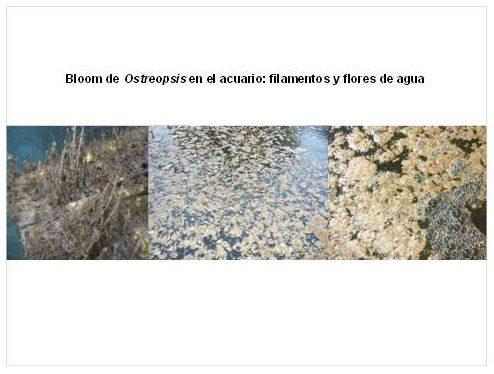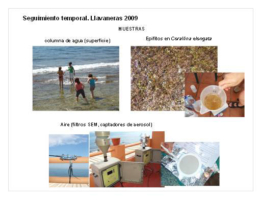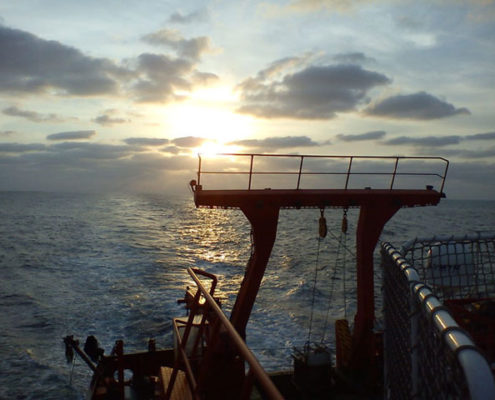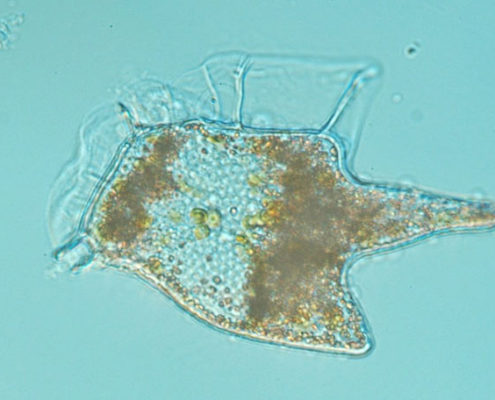
ISOLATION AND PURIFICATION OF SPIROLIDS FROM ALEXANDRIUM OSTENFELDII CULTURES (PIE201270E032).
Los espirólidos son potentes sustancias bioactivas detectadas…

STUDY OF THE BIOLOGICAL AND TOXICOLOGICAL ASPECTS OF BENTHIC DINOFLAGELLATES RELATED TO THE HUMAN HEALTH (EBITOX) (CTQ2008-06754-C04-04)
The presence of certain species of toxic benthic dinoflagellates in the Spanish coasts poses a clear potential risk for the human health. The objective of this project is to evaluate and clarify the extension of this risk for the human health, the Fisheries industry and the tourism sector.

METHOLOGICAL COMPARISON FOR THE DETERMINATION OF PARALITIC TOXINS IN BIVALVES RELATED TO PARALYTIC SHELLFISH POISONING (PSP). APLICATION TO THE AQUICULTURE IN SPAIN. JACUMAR
This project objective is to design and compare various methods to analyze paralitic toxins, in order to substitute the mouse bioassay.

EXPEDICIÓN DE CIRCUNNAVEGACIÓN MALASPINA 2010: CAMBIO GLOBAL Y EXPLORACIÓN DE LA BIODIVERSIDAD DEL OCÉANO (2009-2014)
Un proyecto multidisciplinar para estudiar la biogeoquímica, oceanografía, biodiversidad y el impacto del cambio climático en los ecosistemas oceánicos.

DIVERSIDAD GENÉTICA Y CARACTERIZACIÓN DE CULTIVOS DE DINOFLAGELADOS DEL GÉNERO DINOPHYSIS (DIGEDINO; Plan Nacional I+D+I, 2011-2013)
Varias especies del género Dinophysis son responsables de episodios tóxicos de tipo DSP a nivel global. Nuestro objetivo es caracterizar la diversidad de Dinophysis en el NO de la Península Ibérica y establecer cultivos permanentes de distintas especies de Dinophysis para estudiar su genética, fisiología y producción de toxinas en el laboratorio.
